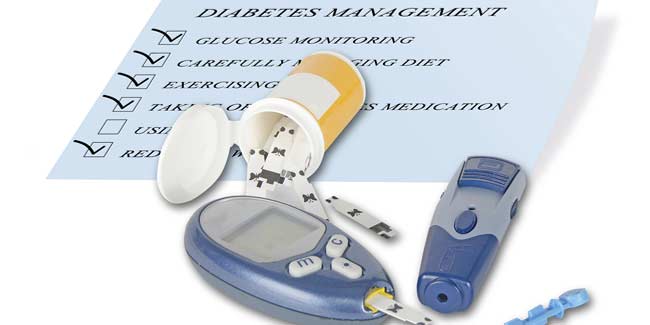
Prediabetes is risky state of the body where it is hard to analyse the symptoms and judge whether the person is suffering from diabetes or not. The sugar level is higher above normal yet, below the diabetes mark. Prediabetes is a condition that occurs prior to diabetes; inferring that your body cells become incapable of absorbing insulin and, thereby, result in the increase of blood glucose levels in the blood. It is the slightly better condition of the blood glucose as compared with diabetics that has led the medical community to coin the term: prediabetes.
Prediabetes is a condition that occurs prior to diabetes; inferring that your body cells become incapable of absorbing insulin and, thereby, result in the increase of blood glucose levels in the blood. It is the slightly better condition of the blood glucose as compared with diabetics that has led the medical community to coin the term: prediabetes.
Causes
The exact cause of prediabetes is unknown, although excess fat (particularly abdominal fat), inactivity and stress seem to be the factors behind the development of prediabetes. Besides unhealthy lifestyle, the conditions associated with diabetes include high blood pressure, Low levels of HDL (good cholesterol) and high levels of triglycerides (a type of fat in your blood).
Insulin lowers the amount of sugar in your bloodstream. The process begins to work improperly when you have prediabetes. As your blood sugar level drops, so does the secretion of insulin from your pancreas and sugar will build up in your bloodstream as a result of the pancreas not making enough insulin. This will make your cells become resistant to the action of insulin.
Symptoms
Often, prediabetes has no signs or symptoms. The signs and symptoms of prediabetes are similar to that of diabetes. These include excessive hunger, weight gain, weight loss, blurred vision and darkening of the skin (a condition called acanthosis nigricans). Besides, one may experience increased thirst, frequent urination and blurred vision. If you experience these symptoms, ask your doctor about blood glucose screening.
Diagnosis
You need to get the following tests done
- Glycated haemoglobin (A1C) test to learn about your average blood sugar level.
- Fasting blood sugar test.
- Oral glucose tolerance test.
If the blood sugar level is in the healthy range, your doctor may recommend a screening test every year.
Treatment
If you are a borderline diabetic, healthy lifestyle choices can help you bring blood sugar back to normal or prevent it from further rise. You need to choose foods that are low in fat and calories and high in fibre, engage in physical activity (for 30 minutes) at least three days a week, work out to keep your weight in a healthy range and take medication if needed. If you're considering dietary supplements or alternative therapies, consult your doctor.
Precautions should thus be taken with regard to the diet, physical exercise and proper medication. Those with prediabetes should treat their condition as an opportunity to improve their health as the progression from prediabetes to diabetes isn't inevitable. With slight lifestyle modifications such as eating healthy foods, including physical activity in your daily routine and maintaining a healthy weight. Making these changes can avert the onset of diabetes and you can bring your blood sugar level back to healthier levels.
How we keep this article up to date:
We work with experts and keep a close eye on the latest in health and wellness. Whenever there is a new research or helpful information, we update our articles with accurate and useful advice.
Current Version